School of Design Assistant Professor Fernando Carvalho was recently named one of 51 educators to receive a grant from online learning platform Course Hero to develop a “dream project.” The result was a Product Design course inspired by the works of Diébédo Francis Kéré, a Pritzker Architecture Prize Winner, and his extensive work on educational environments embodying the values of community-powered development and sustainable practice.
How Design Can Support Learning
For their first class project, students focused on the educational setting, from the space itself to how students engage. They researched the ways learning, playing, socializing and growing are experienced by students of different cultural backgrounds, age groups, gender orientations, and cognitive, emotional and physical capabilities.
Their proposals included designs for furniture, equipment and environmental spaces, realized as scale models and working prototypes, as well as hand sketches and digital renders. The solutions emphasized classroom engagement and accessibility, supplemental structures for study and leisure, seating arrangements that promote gathering and bonding, equipment for outdoor play and dedicated spaces of focus and relaxation.
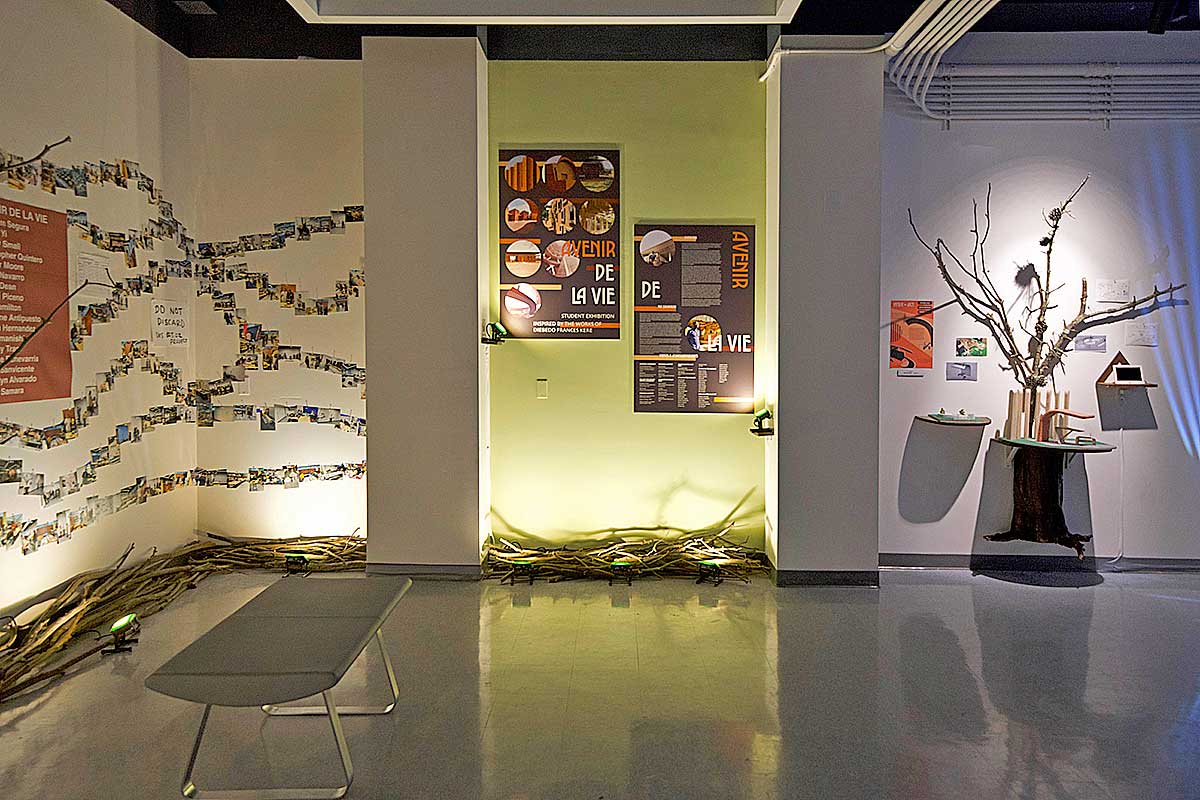
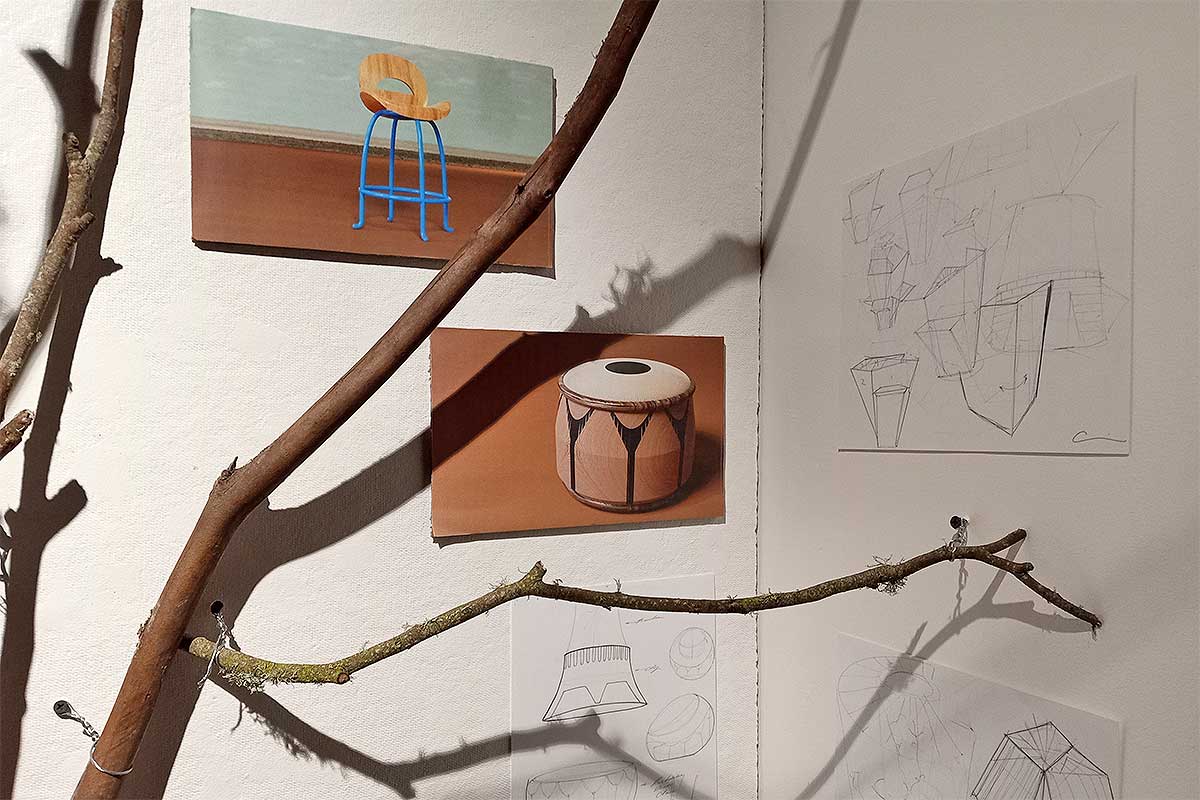
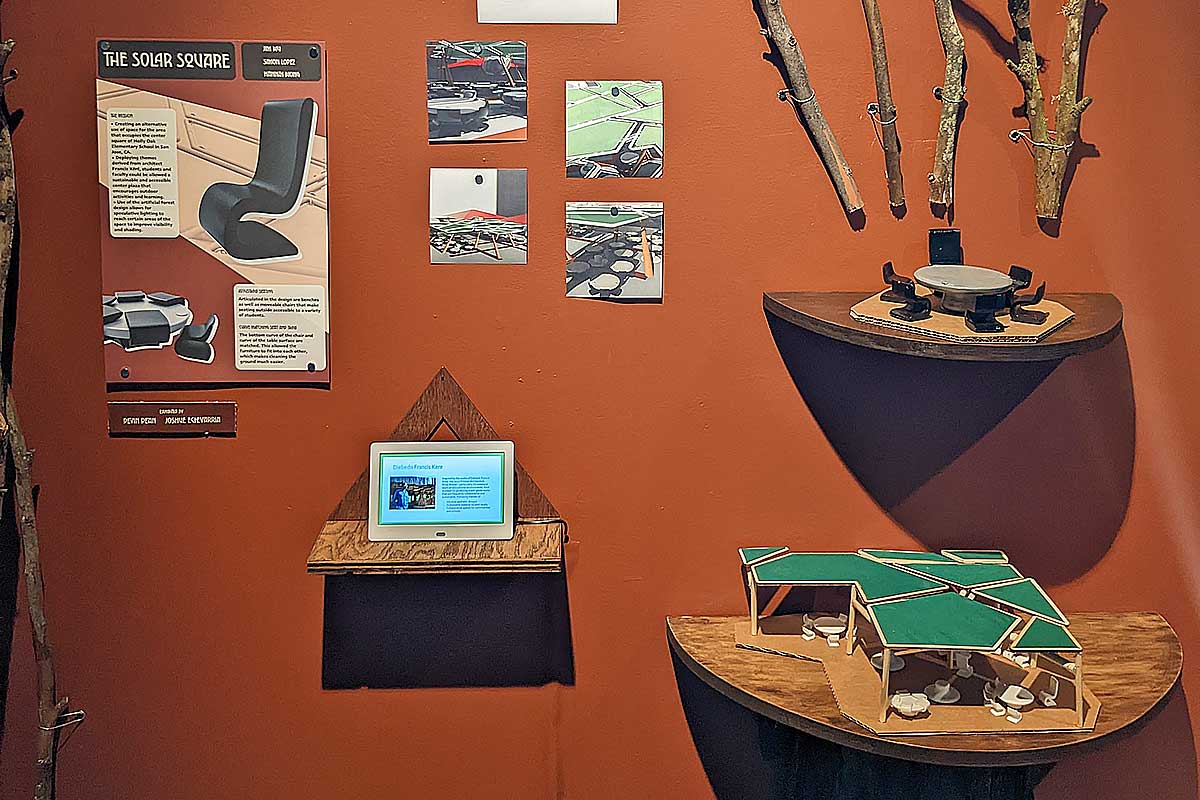
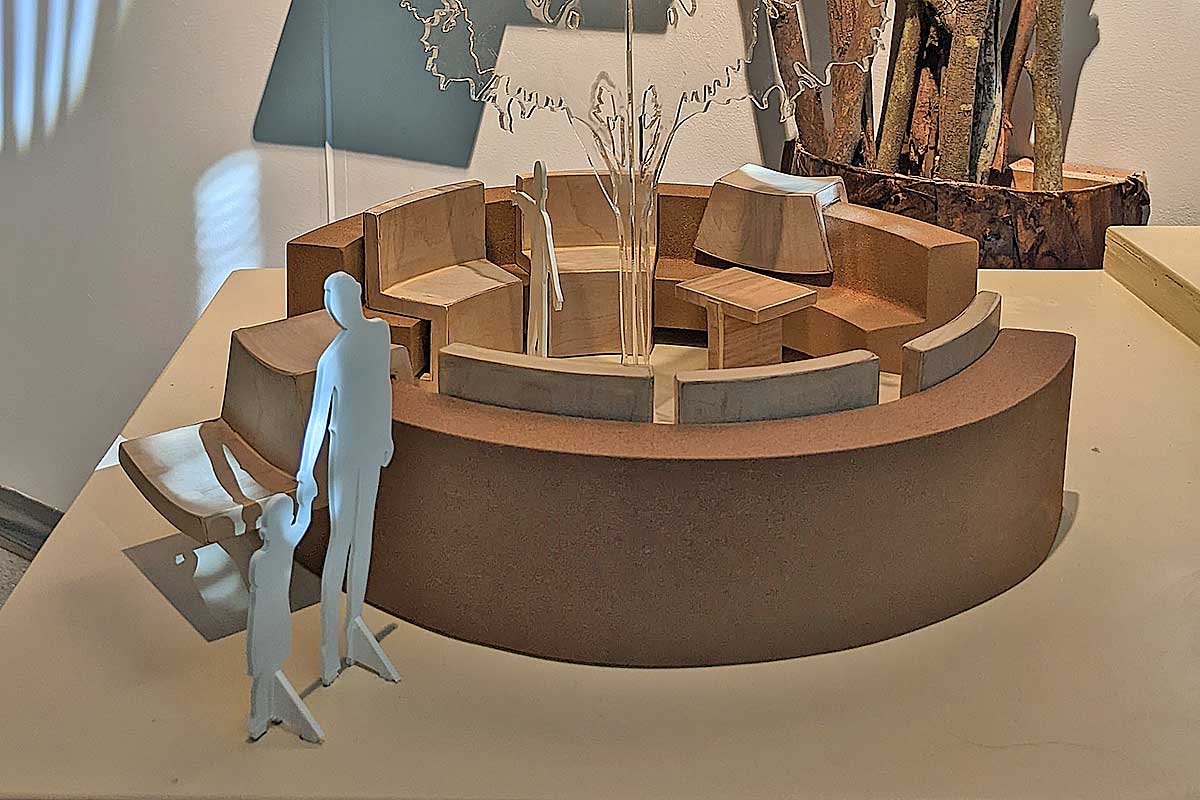


Rethinking the Educational Environment
In the second part of the course, students turned their attention to repurposing an existing space on the SF State campus: the Fine Arts building terrace, a large and mostly empty outdoor space, absent of any amenities.
The students presented forward-looking sustainable solutions, integrating elements such as greenery, water features and the use of natural building materials. These innovative and thoughtful designs aimed to transform the terrace into a welcoming, functional, and enjoyable space for the University community.

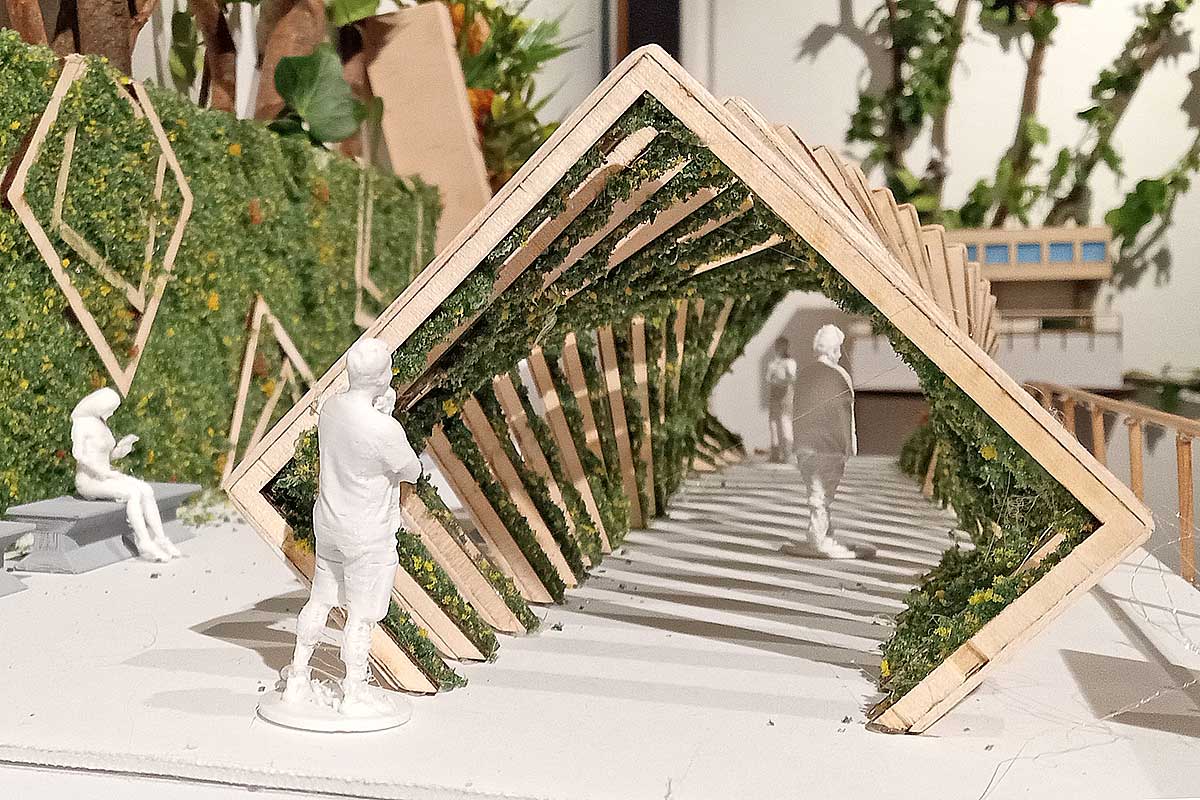
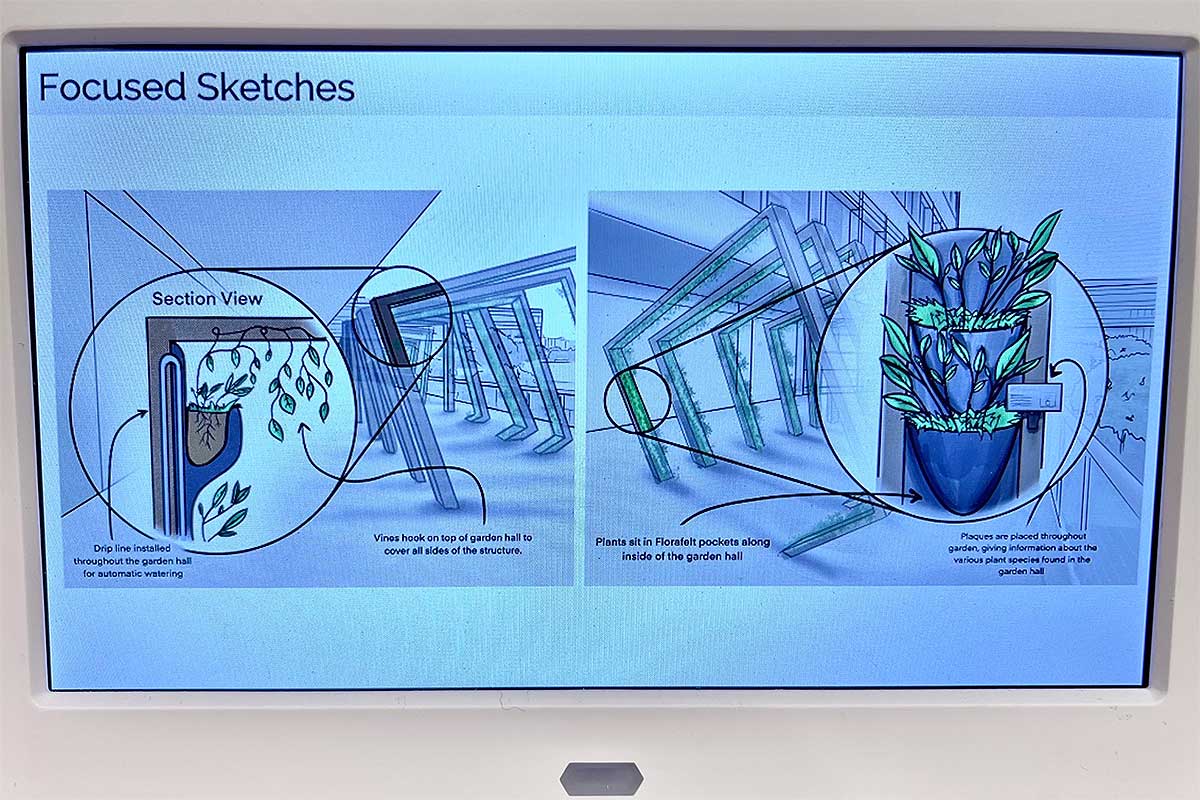
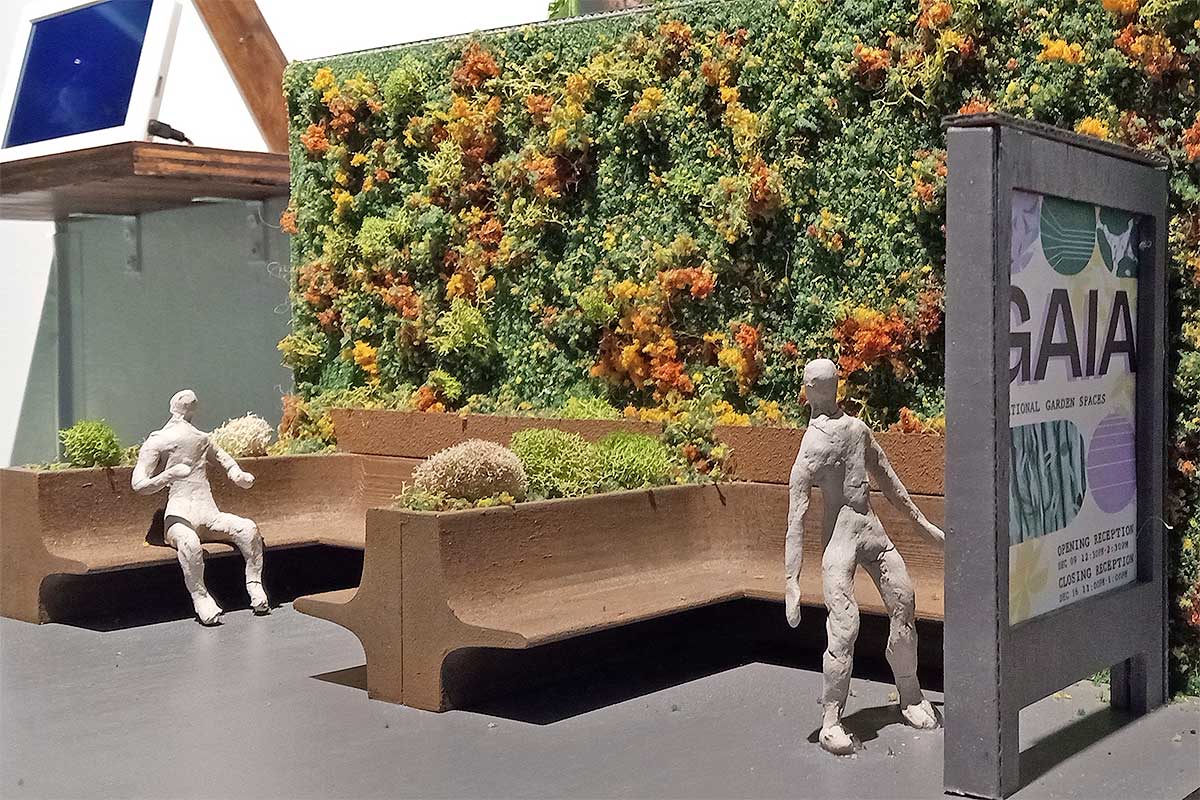
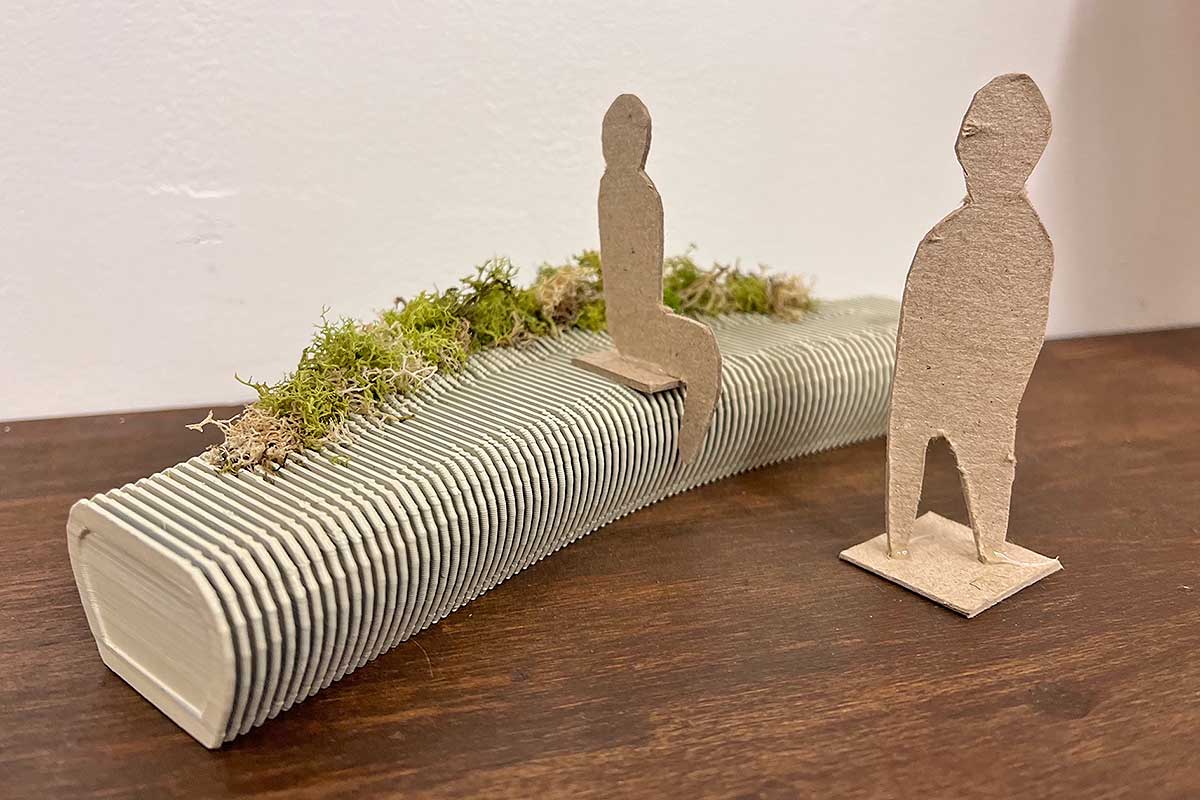
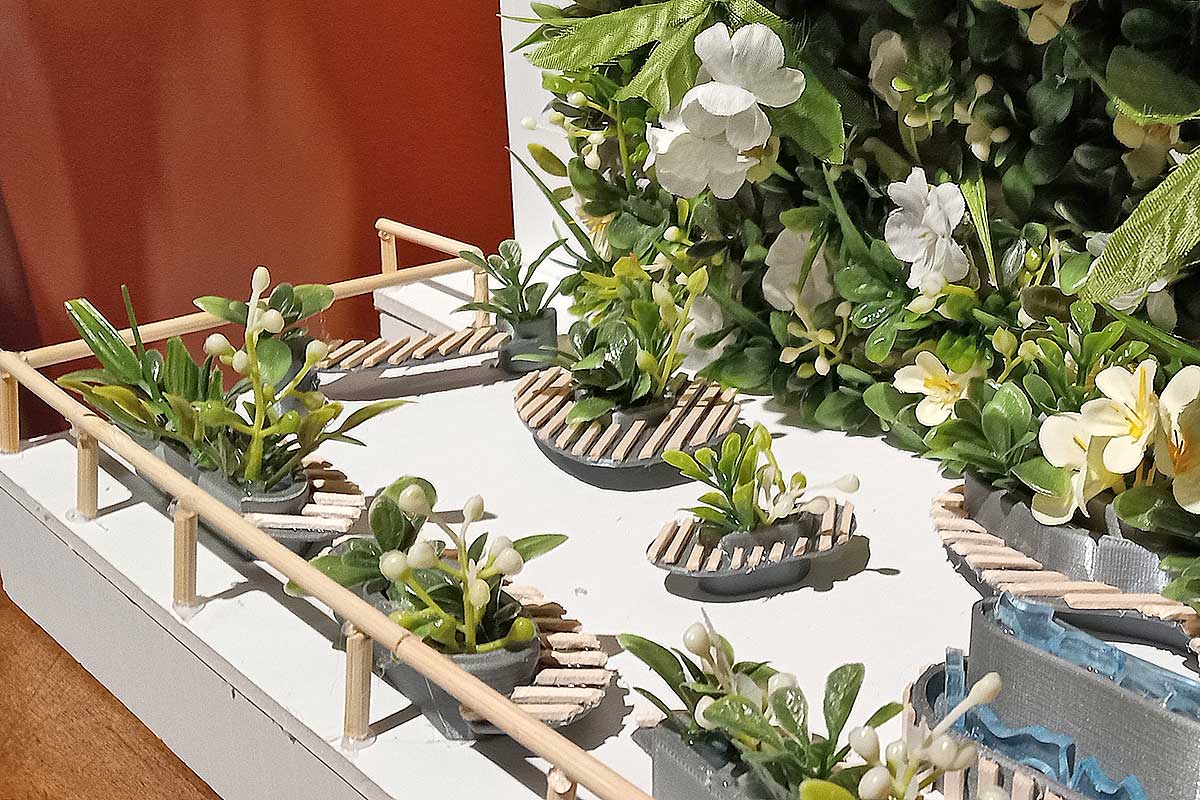
Credits
The projects seen here were the result of an ongoing collaboration between:
DES.410 – Product Design 2 (taught by Fernando Carvalho)
An upper-level intensive studio experience structured to provide students with a deep understanding and experience of the design process, placing a special emphasis on design research, user-centered design, sustainability, critical practice, and advanced industrial design skill development.
DES.628 – Design Gallery: Exhibitions and Communications (taught by JD Beltran)
Exploring theories behind and discussion of exhibitions, planning and production of exhibitions for the SFSU DesignSpace. Activities include research, preparation, publicity (promotional materials, social media campaigns, etc.), and actual production of two designed exhibition infrastructures for gallery users. The class is both a critical and hands-on introduction to the potential of the gallery as site-specific experiential design.
Further collaboration will continue with Lee Friedman's DES.625, Design Practicum: Design Working Group, on producing a publication for the collaborative work, resulting outcomes and exhibits.